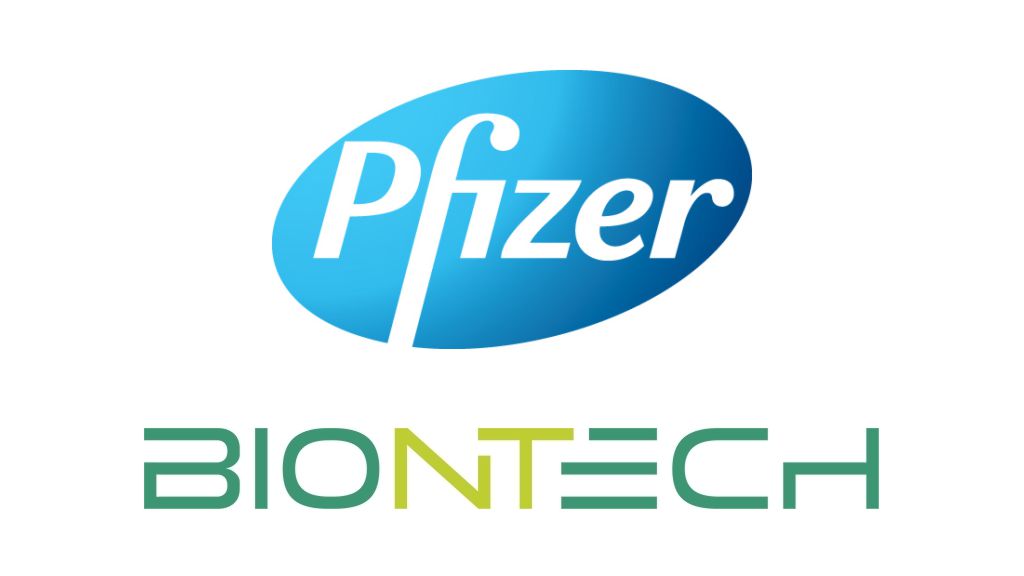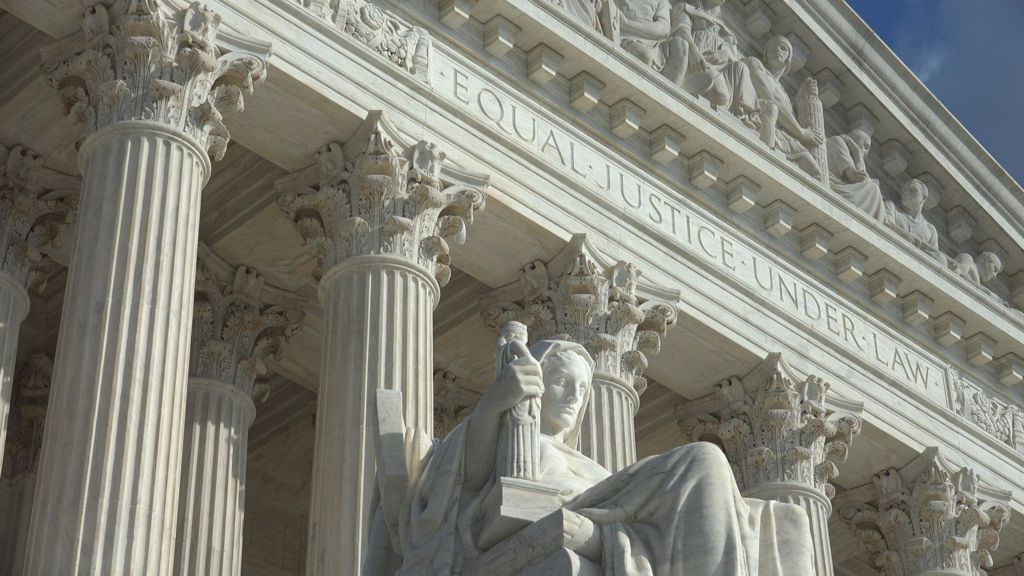
On August 23, 2021, the US Food and Drug Administration (FDA) approved Pfizer’s biological licensing application (BLA) for its covid-19 vaccine named COMIRNATY for people aged 16yrs and older. At the time, vaccine hesitancy was persistent and the acting FDA Commissioner Janet Woodcock said that granting full approval to the vaccine might “instill additional confidence” in people to get vaccinated.
But it backfired, fueling speculation over why there was no COMIRNATY-labelled vaccine available. Now, eight months have passed, and Americans are still being administered with the Pfizer BioNTech-labelled vaccine, which is under emergency use authorization (EUA). The reasons why remain uncertain, and as I discovered, the explanations offered by various US authorities have only added to the confusion.
Searching for COMIRNATY in the US
Pfizer’s information hotline says it has no specific information on when COMIRNATY will be available. The CDC’s website states that COMIRNATY is “not orderable.” And a branch of the US Department of Health and Human Services (HHS) overseeing the Strategic National Stockpile (SNS), indicated that it was simply because Pfizer did not have time to change the labels. A spokesperson from HHS said, “Given the urgency of vaccinations to protect as many people as possible as quickly as possible, the company continued to ship its vaccine with the EUA label rather than taking valuable time to re-label the vials.”
But Pfizer says this is not the case. In a statement, Pfizer said its “COMIRNATY-branded vaccine has been available to ship since late last year.” So, what is the truth, and does it even matter what is written on the vaccine’s label?
According to the FDA, the BioNTech-labelled vaccine under EUA can be used “as if the doses were the licensed vaccine” because both vaccines have the “same formulation and can be used interchangeably without presenting any safety or effectiveness concerns.”
Pfizer said, “in terms of its ingredients and how it is made, the FDA-approved vaccine is no different from the vaccine that has been administered, to date. The EUA and BLA products are manufactured using the same processes, but they may have been manufactured at different sites or using raw materials from different approved suppliers.”
Cody Meissner, professor of Paediatrics at Tufts University School of Medicine in Boston and FDA advisory committee member told me the vaccine’s label is inconsequential. He said, “The vaccine that people are getting, whether it says COMIRNATY on it or not, is the Pfizer BioNTech vaccine. There’s no question in my mind, as far as I know, that there’s any difference whatsoever, I think it’s just a semantic difference.”
The FDA now appears to have deprioritized the outstanding issue of vaccine labels. In a recently updated EUA guidance document for industry, the FDA deleted the item “how these vaccines will be labelled” from its list of matters it continues to consider.






